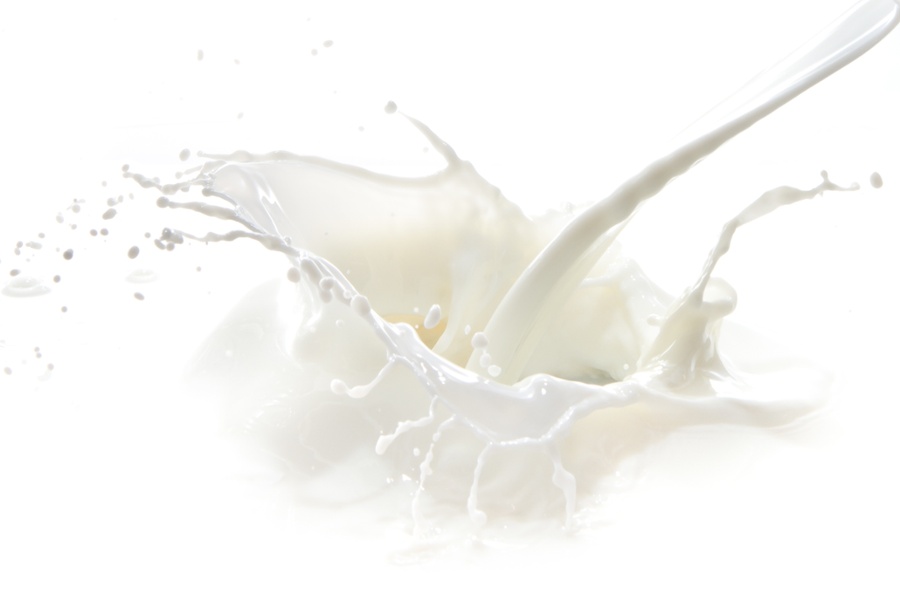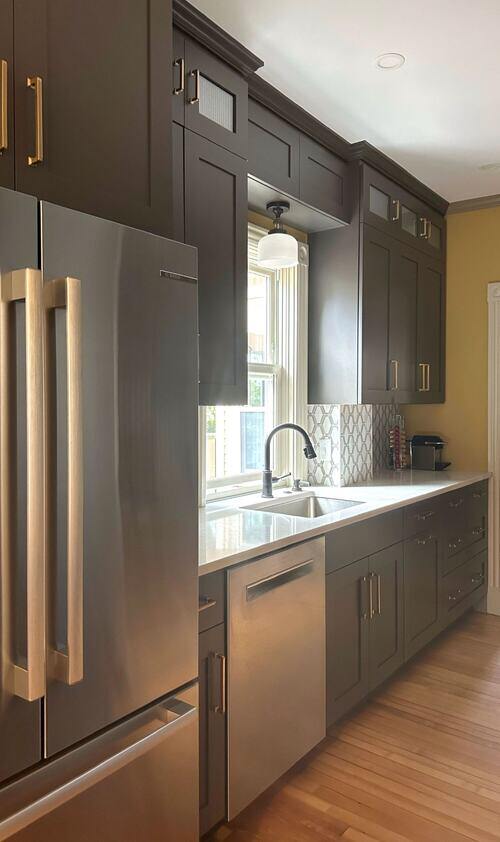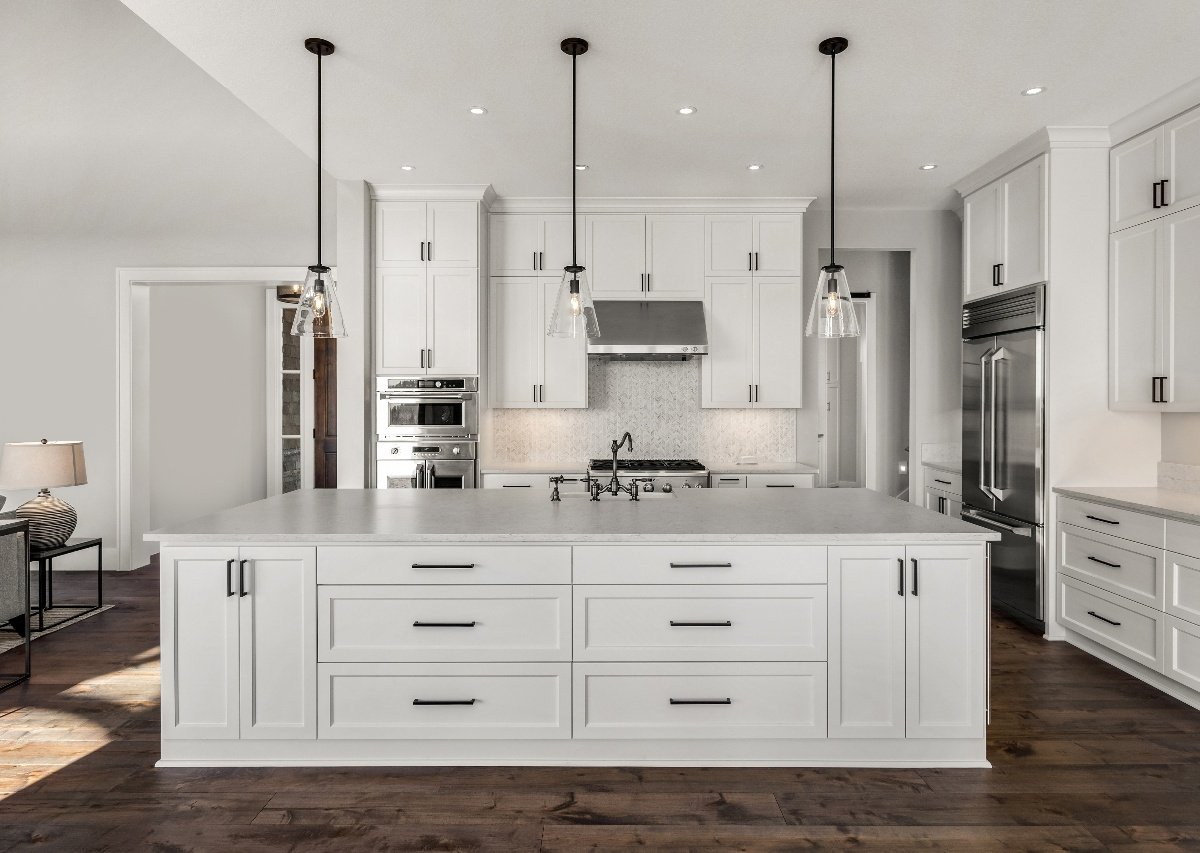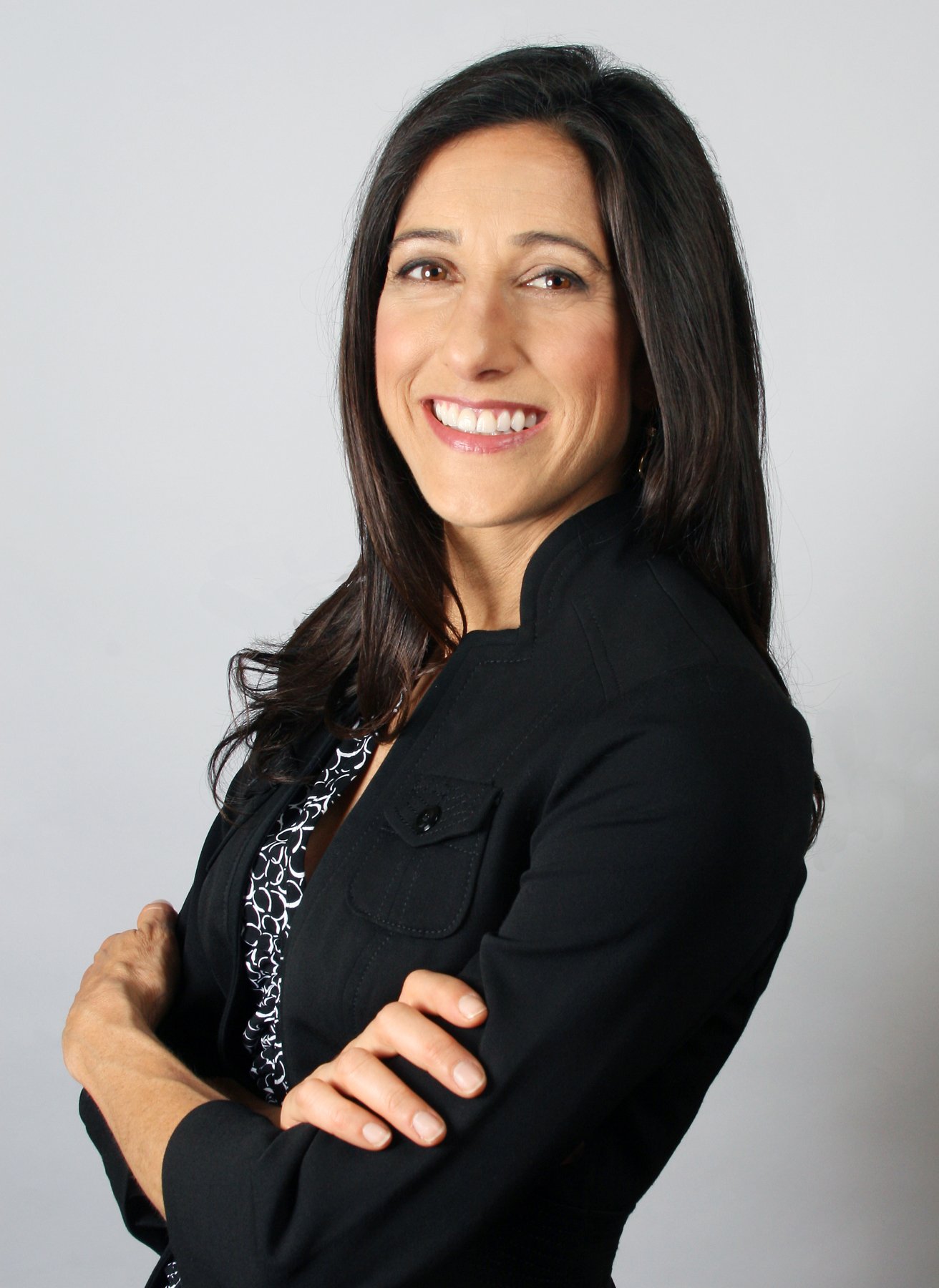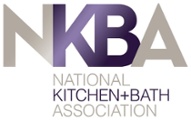If you are considering a remodel on your kitchen but would like to keep the cabinets that you already have, you may want to consider changing up the color with milk paint.
Milk paint is versatile, easy to apply, and all-natural. So regardless of your style, from farmhouse to traditional, modern to rustic, milk paint may be a great option.
What Exactly is 'Milk Paint'?
Milk paint has been around for thousands of years, first found in ancient caves and in Egyptian pyramids. It is an environmentally friendly paint made with all natural ingredients: clay, milk protein, lime, and pigment.
It usually comes in a powdered form to which you simply add water. Because of this, you can make your paint as thin or thick as you like. Milk paint is biodegradable, non-toxic, and contains no VOC. It is very versatile and can be used on just about any surface.
Milk paint and chalk paint are often confused because their look is similar. However, chalk paint has a duller, more matte finish, and is thicker to apply. Chalk paint is often more expensive than milk paint, but may not require as many coats.
Advantages to Using Milk Paint
- Easy-Milk paint is easy to use. Depending on the surface, milk paint may be applied without a primer. On raw wood that has never been finished, milk paint can go directly onto the wood. On surfaces that have been previously finished, you can add a bonding agent to the paint to help it adhere to prior paint or stain. If you are wanting a chippy, farmhouse or shabby chic look, no sanding is required. If you want a smoother finish, simply sand between coats.
- Quick-Not only is milk paint quick to apply, it is also quick to mix and quick to dry. As little as 30 minutes between coats is all you need before you can apply the next layer.
- Versatile-Not only can you control the texture of your milk paint, you can also control the finish on your cabinets. Sanding between coats will give you streak-free even coverage. By omitting the sanding process, you can opt for a chippy, more worn look. By thinning the paint, you can apply more coats, so you can control the coverage and look that you want. You can choose from a myriad of colors to get the perfect shade for your kitchen. You can even use milk paint as a wash or stain simply by controlling the amount of water that you add.
- All Natural-Milk paint is a zero VOC paint that is totally biodegradable and non-toxic. Great for use indoors because there are no paint fumes to inhale. Clean up is easy and since it is all natural, milk paint can easily be disposed of without regard for chemicals and their effect on the environment.
How To Apply Milk Paint
Application is easy. If your surface is uneven or irregular, you can give it a light sanding, though for the most part, milk paint does not require sanding. You can apply directly to any surface, but if your surface has been painted, stained, or sealed, you should mix a bonding agent before your first coat.
Next, let the surface set for the required amount of time to dry. You should always look at the manufacturer's suggested dry time. Heat, humidity, viscosity of the paint, and the surface painted are all variables that should be considered.
If you like the look that one coat has given you, great! If not, lightly sand for a smooth finish or for that time-worn look, skip the sanding and add any additional coats until you get the desired coverage. Make sure if sanding, you remove all dust before moving on to the next coat. Finish off with a top coat. Voilà! You are done!
If it is time for a kitchen or bath remodel, we can help. Need some ideas? Download our free Homeowner's Guide to Kitchen Planning. And contact us to set up an appointment for a consultation today! Let's get started!

